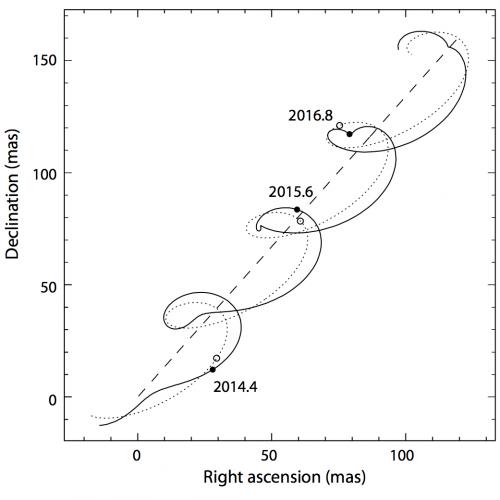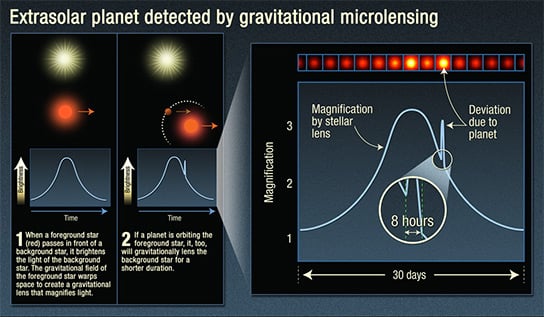

#ASTROMETRY DETECTION CODE#
If you find this code usefull for your research, please consider citing it in any resulting publications. Therefore the systematics from the calibration have to be considered for the error, but overall the result is consistent with the literature. The literature values is 12.363+-0.01 mag for this source. For orientation, the brightness of the object is shown as a green vertical line. With the plot, the systematic error from the calibration can be assessed. The median zero point is used for calibration.

Database query result: extrasolar planet systems ( of which are multiple planet systems) that contain total planets. In the linear part of the detector+source catalog, this should be a straight line. Worlds most comprehensive interactive database of extrasolar planets updated daily since 1995. Plotted is their magnitude vs calculated zero points. On the right-hand side, the calibration sources are visualized. Lastly, the 5 sigma limiting magnitude is given. Then the magnitude, statistical error, magnitude system and signal to noise are listed. Above is specified if a 5 sigma source was found or forced photometry was used. Navy Optical Interferometer Narrow angle astrometry, best ground results 0.5mas Palomar. Photometry sample_file_astro.fits -b H -name AS19 Wide angle astrometry, USNO long baseline interferometer (Flagstaff Az) 5mas. After astrometry calibration, the position of the targeted object can be used to extract its photometry, calibrated with Pan-STARRS, 2MASS or WISE catalog data. The package also includes a quick tool to perform photometry for a specific source in the image. If the algorithm converged many sources and catalog objects will overlap, less than 5 clearly indicates that the algorithm failed to converge. Astrometry is probably the oldest branch of astron-omy. only a handful of systems are thought to have been detected using this. The proposed NEAT mission has been designed to enter a new phase in exoplanetary science by delivering an enhanced capability of detect-ing small planets at and beyond 1AU. Astrometry relates to the extremely accurate measuring of the position of an. Sources detected in the image are marked blue and the catalog objects are projected on with the world coordinates at the start and finish. to the intrinsic diculty of detecting Earth-like planets with existing instruments. After the program finishes plots before and after open.
#ASTROMETRY DETECTION FULL#
The full list of parameters can be accessed with astrometry -help Exampleįor the example file the photometry is already pretty good, so the program only performs a slight correction. Astrometry sample_images/sample_file.fits -vignette 1Īll of these also work for "python astrometry.py.


 0 kommentar(er)
0 kommentar(er)
